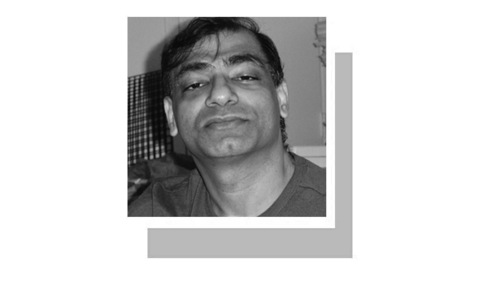
Our world keeps changing. New technologies are bringing new ideas to every field, including art. We’re seeing an era where artists are using advanced tools and techniques along with classic materials like pencils, paints and clay, to make amazing creations.
Here are some of the most innovative new art forms that are changing how artists show their ideas to the world.
Digital art: This includes many types of software and methods to make art, like photorealistic paintings on tablets, 3D models and animations. It offers great flexibility and freedom for artists to explore digital painting, 3D sculpting, generative art (using algorithms) and interactive installations.
Video art and sound art: In video art, artists use moving images, sound and editing tools to explore different themes. Examples include experimental videos, artistic music videos and video installations in galleries.
While in sound art, sound is the main tool, in which artists create sound installations or compositions using recordings, electronic instruments or everyday objects.
Street art and graffiti: This art form gives freedom to artists to get creative in public spaces, and use walls and streets structures as their canvas. The results are usually thought-provoking and visually stunning.
Bio art and interactive art: In bio art, materials like bacteria, plants or glowing organisms are used. Interactive art gives a chance to viewers to take part in the art, using touchscreens, motion sensors or other interactive elements.
Bioluminescent tattoos: Tattoos have become pretty common, but have you ever imagined a tattoo that glows? Yes, this is all possible now. With advancements in biocompatible materials, artists are now experimenting with implanting genetically modified organisms under the skin that create a faint luminescence. While still new, this technology sparks questions about the future of body changes and the mix of art and biology.
Algorithmic performance art: As we all know artists are the sole creators of their performances or work, but algorithmic performance art challenges that idea. This innovative art uses AI algorithms to generate or influence aspects of a live performance.
For instance, AI can create music that changes with how an artist moves, or generate visuals that inspire a dancer to come up with movements spontaneously. This creates a new way for humans and machines to collaborate, resulting in performances that are lively and surprising.
Virtual Reality (VR) storytelling: VR is now also used for ‘VR storytelling’ where a special VR headset lets you enter completely new worlds. You don’t just watch a story — you get to experience it for yourself! Imagine standing among the workers as the ancient pyramids were being built in Egypt. Or walking down the streets of ancient Rome like you lived there thousands of years ago.
Data sculpture: Artists use special computer programmes to turn big collections of information (called data sets) into creating beautiful 3D shapes or sculptures. Instead of just numbers and words on a screen, the information becomes a real sculpture we can look at and even touch.
Data sculptures give us a special peek into the unseen world of data and information flowing all around us every day. One of the finest examples that you can check on Google is ‘Immaterials: Light Painting WiFi’ by Timo Arnall.
Neuroaesthetics: In this approach, the artists hook up tools called ‘brain-computer interfaces’ that read or detect the tiny electrical signals your brain produces when you feel emotions or have thoughts. These signals get turned into colours, shapes, sounds or movements on a canvas or computer screen.
So, as you experience different feelings like happiness, sadness, calm or excitement, the artwork being created changes in real-time to match your shifting emotions and thoughts. It’s like your brain is painting or composing directly!
Participatory food art: Some artists are using food to create an attractive visual display that everyone can be a part of. It’s called ‘participatory food art.’
This could be a garden where people grow all sorts of fruits, veggies and herbs together. Then everyone uses those fresh ingredients to build an awesome edible art sculpture you can eat when it’s done!
Or it could be an event where the artist asks people to make a dish or meal based on how they’re feeling that day. The artist puts all these personal food creations together into one big collaborative art piece.
The examples I described are just a few of the fantastic new types of art that artists are creating today. But this is only the beginning of the future. As technology keeps advancing and artists keep experimenting, we’re going to see more creative and mind-blowing forms of art in the years to come.
Published in Dawn, Young World, June 22nd, 2024













































Dear visitor, the comments section is undergoing an overhaul and will return soon.